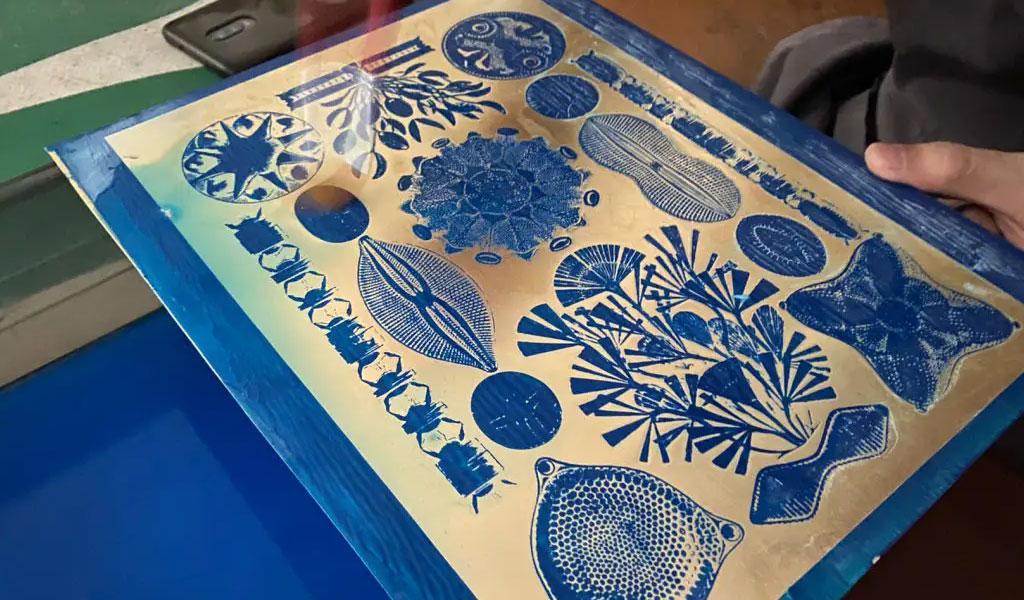The Advantages And Disadvantages Of Chrome Plating By Etching Process?

There are two types of chrome plating. One is decorative chrome, and the other is hard chrome. Usually we plate hard chrome, which is a method that can increase the surface hardness. It is a better method, but it also has advantages and disadvantages. So what are the advantages and disadvantages of chrome plating after precision etching? The following editor will introduce it to you.
Main limitations of chemical etching
Advantages of chrome plating after etching process:
- 1. Good surface finish.
- 2. No rust, no rust spots.
- 3. The original parts are less deformed during the plating process.
- 4. If the size of the etched part is not in place, you can add a few strands of chrome to achieve the size (this is an advantage and a disadvantage, so the parts to be chrome-plated must be left with a margin).
- 5. The surface is more beautiful.
Disadvantages of chrome plating after etching process:
- 1. High price, not only the cost of plating is high, but also the need for reprocessing after plating.
- 2. Not suitable for etching components and parts with more complex surfaces.
- 3. The thickness is too thin, generally only about 0.05-0.15mm.
- 4. The surface finish of the etched parts is relatively high.
The Advantages And Disadvantages Of Chrome Plating By Etching Process?Etching is a method of custom etching metal parts. So what are the advantages of etching? Today, I will introduce the advantages of etching. It is often used in electronics, precision hardware, communications, automotive engineering, medical and other industries. What are the advantages of etching?
- 1. Improved the traditional method of processing metal parts with a trolley and a punch;
- 2. Fine processing of various metals, alloys, and stainless steel flat parts, from large-area micro manufacturing filters used in traditional professional equipment to small parts that are difficult to distinguish with the naked eye;
- 3. The production process of etching is not affected by the outside world, does not deform, and has good flatness; short production cycle, fast response, no mold planning and manufacturing; no burrs, no protrusions, and both sides are equally light and flat.
- Авто, мото
- Кейтеринг
- Досуг, развлечения
- Животные
- Красота, здоровье
- Образование, репетиторы
- Спорт и тренеры
- Строительство и ремонт
- Товары и магазины
- Туризм и отдых
- Финансы и страхование
- Литература
- Музыка
- История
- Политика
- Религия
- Искусство
- Кино
- Театр
- Хорошее здоровье
- Аксессуары
- Бизнес
- Разное


